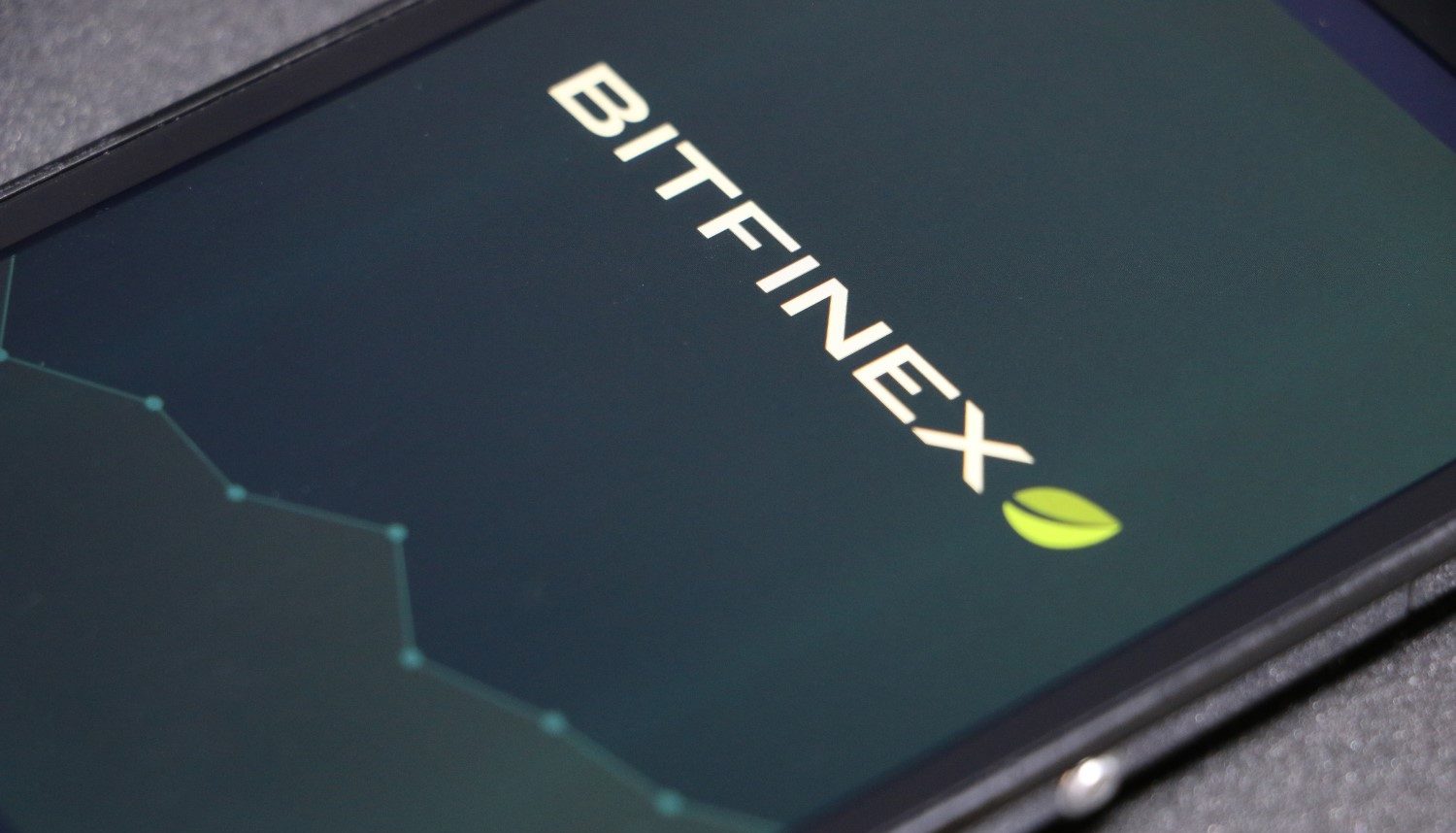Staking Risks Are Vastly Misunderstood
Interest in staking has shown a strong resilience to the bear market. A considerable amount of value remains staked on top blockchains, in many cases surpassing the actual total value locked (TVL) living on-chain.
This article is part of CoinDesk’s “Staking Week.” JK is the founder of ApybaraIO, the maker of ProtocolStaking.info.
:format(jpg)/cloudfront-us-east-1.images.arcpublishing.com/coindesk/PA4XOET3CNHD5OD6SMVYRWK6EE.png)
However, things are not looking so good otherwise for staking. Public perception of staking has become one of the biggest casualties of the current bear market. Many of the crypto lending firms and exchanges that went under in the past year frequently marketed their service offerings as “staking.” In most cases, they were not.
As a result, staking has been categorized as a high-risk activity and discouraged by regulators. In some cases, regulatory actions have been taken leading to some crypto platforms shutting down any staking service offerings. Are these actions against staking justified?
Will the real stakers please stand up
It’s important to first draw a line between staking and “staking.” Staking involves locking tokens directly on the blockchain with operators/validators. Stakers do not give up ownership of their tokens through this process. Operators/validators are expected to secure and perform work on the blockchain with the stake delegated to them.
Liquidity pool (LP) token locking and lending are the biggest offenders of liberally using “staking” when describing their services. These imposter “staking” services are harder to analyze in comparison to on-chain staking, which can be fully observed and monitored because it’s on a blockchain.
The risks for on-chain staking are relatively clear cut and should be assessed independently from these other services that may entail higher and, at times, obscure risks.
Realistic risks of staking
There are four major risks associated with staking.
1. Slashing and penalties: Slashings occur when a validator attests to two different histories of the chain and penalties occur when a validator is offline for a prolonged period of time. In combination, they deter malicious validators from attacking blockchains. The amount at risk is not de minimis. For example, the most recent slashing on Ethereum resulted in a loss of 1 ETH (roughly a 3% loss on a 32 ETH stake deposit).
2. Validator risk: Assuming you don’t run a validator yourself, stakers will need to select a third party validator with which they will stake their tokens. This process does not involve giving away custody of the stakers’ funds. So, the staker does not need to worry about loss of funds, but they still must assess whether the validator is reputable and will not engage in harmful behavior that could lead to slashing or penalties.
3. Client software bugs: Software is not foolproof, especially for blockchains that have frequent upgrades. Ethereum experienced issues with achieving finality due to one of its client software. The best way to mitigate software risk is to have multiple implementations of the blockchain, which Ethereum strives to do by maintaining multiple client teams.
4. Unstaking (unbonding) periods: Blockchains implement a buffer period for when stakers can unstake and withdraw their stake. This prevents malicious actors from performing an attack and running away before their funds are slashed. This could create a duration mismatch for custodians or exchange platforms who stake assets on behalf of their users.
Staking cannot cause major meltdowns like we’ve seen in the past year
Of these risks, slashing is the biggest and most plausible concern for stakers. Empirically, slashing is not a frequently occurring event. Over the course of its history, less than 0.04% of Ethereum validators have been slashed resulting in losses of less than $1 million at around today’s price of ETH.
These risks are nothing in comparison to hacks of decentralized finance (DeFi) protocols, totaling approximately $5 billion worth of losses occur over a similar time period.
:format(jpg)/cloudfront-us-east-1.images.arcpublishing.com/coindesk/PJP2DJK7PFHYJOOZBKBBB5RLXA.png)
Short side note on LST
Thanks to Lido’s rise in popularity, liquid staking protocols (LST) have become a staple method of earning staking rewards for many crypto users. At its core, LSTs are a wrapper around staking. They act as an aggregator of validators, which pool stakers’ tokens using a smart contract and create a derivative token representing the locked up tokens providing immediate transferability.
These platforms, which in a sense have become a systemically large part of the staking ecosystem, are the added risks to consider on top of the above.
1. Smart contract risk: Maintaining a bug-free smart contract is no easy feat. Since LSTs pool tokens and also issue tokens representing staked assets, there are multiple layers of smart contracts involved. Each one could be a security risk if not developed and audited properly by competent developers.
2. Operator risk: The decentralized autonomous organization (DAO) or entity operating the LST is another additional operator that must be taken into account on top of the underlying validators. Stakers will need to assess whether the DAO or entity involved can competently run the operations of an LST.
Progress needed within staking
Staking cannot cause major meltdowns like we’ve seen in the past year with lenders. Arguably, it is the on-chain activity with the lowest risk that a crypto user can participate in. It makes sense for staking reward rates to become the de facto benchmark rate of each blockchain’s ecosystem.
We can already see this taking place as borrow rates for some staking tokens begin to converge to the staking reward rates. We will one day see staking become a staple form of crypto participation.
It won’t be an easy path with the misconception and miscategorization of staking. The staking ecosystem needs more products and tools to help users securely engage in and understand staking.
Compared to the DeFi and non-fungible token (NFT) sectors, staking falls significantly behind on this front. Services like CoinDesk Indices, Rated, Stakingrewards.com and Observatory Zone are pioneers, but much more will need to be built before we can, one day, onboard and educate non-crypto people to staking.









